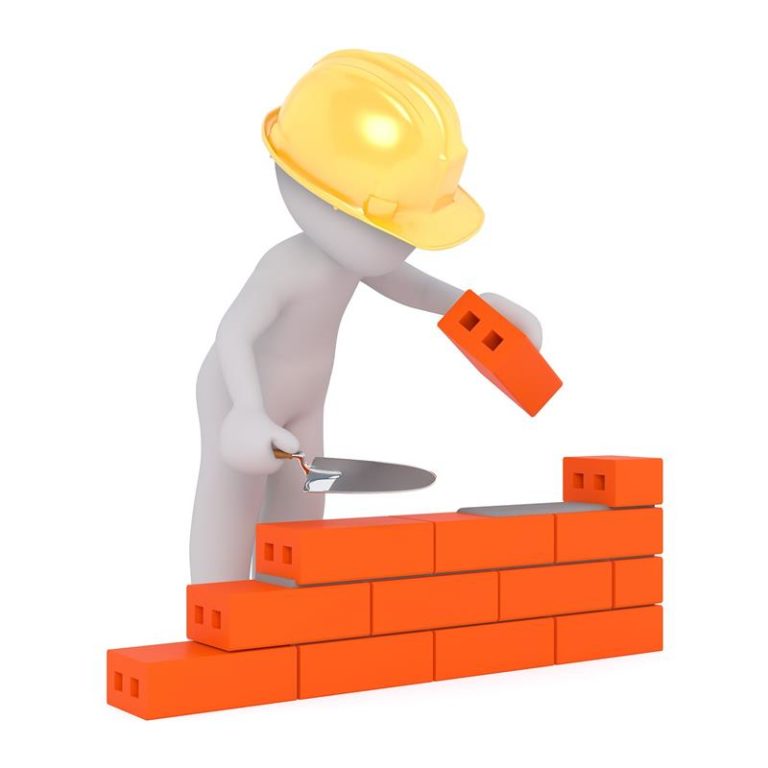
The Role of Technology in Modern Construction Estimating Services
Welcome to the world of construction estimating, where numbers meet innovation! In the realm of modern construction, the role of technology in estimating services has undergone a remarkable transformation.
Gone are the days of manual calculations and guesswork; today, technology plays a pivotal role in streamlining the estimation process, improving accuracy, and boosting efficiency in the construction industry. In this article, we’ll take a deep dive into how technology has revolutionized construction estimating services, making them faster, more precise, and ultimately, indispensable.

Understanding Construction Estimating Services
Before we delve into the tech-driven future of construction estimating, let’s get a grip on what estimating services entail. Construction estimating is the process of predicting the costs associated with a construction project. These costs include materials, labor, equipment, and overhead expenses, among others. Accurate estimates are essential for project planning, budgeting, and securing funding. Historically, construction estimators relied on manual methods and their expertise to calculate these costs, but times have changed.
The Evolution of Technology in Estimating
Technology has played a pivotal role in transforming the construction industry as a whole, and estimating services are no exception. Over the years, the construction world has witnessed a shift from manual calculations to automated systems and digital tools. Let’s explore some key advancements:
The Emergence of Estimating Software
Estimating software has become the backbone of modern construction estimating services. These software programs allow estimators to input project details, such as architectural plans, material prices, and labor rates, and quickly generate accurate cost estimates. They often come equipped with databases that store historical cost data, making it easier to compare and analyze costs for similar projects. Popular software options in the construction industry include ProEst, Sage Estimating, and PlanSwift.
Building Information Modeling (BIM)
BIM is a game-changer in construction estimating. It involves creating a digital representation of a building or structure, including all its components and systems. Estimators can extract precise measurements and quantities from the BIM model, ensuring a higher level of accuracy in their estimates. BIM also facilitates collaboration among project stakeholders, making it easier to share and update project information in real-time.
Mobile Estimating Apps
The era of mobile technology has brought estimating to the palm of your hand. Estimators can now use mobile apps to perform on-site takeoffs, create estimates, and even send them directly to clients or project managers. These apps offer flexibility and convenience, allowing estimators to work from anywhere with an internet connection. Some popular mobile estimating apps include STACK, Buildertrend, and FieldPulse.
Artificial Intelligence and Machine Learning
The integration of AI and machine learning algorithms has further enhanced the accuracy of construction estimates. These technologies can analyze vast datasets and historical project information to make predictions about future costs and potential risks. They can also adapt and improve their estimations over time, making them increasingly precise with each project.
The Benefits of Tech-Driven Estimating Services
Now that we’ve explored the technological advancements in construction estimating, it’s time to delve into the numerous benefits they bring to the table:
Increased Accuracy
One of the most significant advantages of technology in estimating services is the enhanced accuracy of cost predictions. Estimating software and BIM tools can provide precise measurements and quantities, reducing the chances of costly errors. This not only benefits contractors by avoiding budget overruns but also ensures that clients get a more realistic view of project costs.
Time Savings
Technology has significantly reduced the time required to produce estimates. What used to take days or even weeks can now be accomplished in a matter of hours with the help of estimating software and automation. This efficiency allows construction companies to respond to bid requests more quickly and take on more projects.
Cost Transparency
Modern estimating tools provide detailed breakdowns of project costs, offering transparency to both contractors and clients. This transparency builds trust and helps prevent disputes during the construction process. Clients can see exactly where their money is going, and contractors can justify their pricing based on accurate data.
Better Project Management
Estimating software often integrates seamlessly with project management tools, creating a cohesive workflow from estimation to completion. This integration allows project managers to track costs, monitor progress, and make informed decisions based on real-time data. It streamlines communication among team members and ensures everyone is on the same page.
Challenges and Considerations
While technology has undoubtedly revolutionized construction estimating services, there are challenges and considerations to keep in mind:
Initial Investment
Adopting modern estimating technology often requires an initial investment in software licenses, training, and hardware. Smaller construction companies may find this cost prohibitive, but the long-term benefits often outweigh the upfront expenses.
Learning Curve
Transitioning from traditional estimating methods to digital tools may involve a learning curve for estimators and project teams. Adequate training and support are crucial to ensure a smooth transition and maximize the benefits of the technology.
Data Security
With the increasing use of digital tools and cloud-based systems, data security becomes a concern. Construction companies must implement robust cybersecurity measures to protect sensitive project data from breaches and cyberattacks.
Maintenance and Updates
Estimating software and technology tools require regular maintenance and updates to stay current and functional. Construction companies should budget for ongoing software maintenance and ensure they stay up to date with the latest features and security patches.
The Future of Construction Estimating
As technology continues to advance at a rapid pace, the future of construction estimating services holds exciting possibilities:
Augmented Reality (AR) and Virtual Reality (VR)
AR and VR technologies can provide estimators with immersive experiences that allow them to visualize construction projects in real-time. These technologies can be used for on-site measurements, design assessments, and client presentations, offering a new level of precision and interactivity.
Predictive Analytics
Predictive analytics powered by AI and machine learning will become even more sophisticated. Estimators will have access to predictive models that can forecast project costs, material availability, and potential risks with greater accuracy. This will enable construction companies to make proactive decisions and mitigate potential issues before they arise.
Blockchain for Transparency
Blockchain technology has the potential to revolutionize transparency and trust in the construction industry. Smart contracts and blockchain platforms can ensure that all project-related transactions and changes are recorded securely and transparently, reducing disputes and fraud.
Sustainable Estimating
The construction industry is increasingly focusing on sustainability. Future estimating tools will integrate sustainability factors into cost predictions, helping construction companies make environmentally responsible decisions while staying within budget.
In conclusion, technology has redefined the role of construction estimating services in the modern era. From sophisticated software to BIM and AI-driven predictions, these technological advancements have elevated the accuracy, efficiency, and transparency of construction estimates – http://estimedes.co.uk. While challenges exist, the benefits are clear: increased accuracy, time savings, cost transparency, and better project management. As we look to the future, we can anticipate even more innovations that will continue to shape the world of construction estimating, ultimately leading to more successful and sustainable construction projects.
So, whether you’re a construction professional or simply curious about the ever-evolving world of construction estimating, keep an eye on technology—it’s driving the industry forward, one estimate at a time.